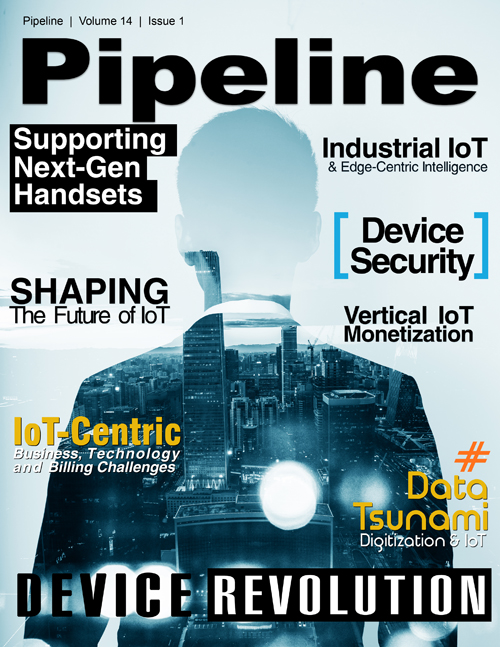Shaping the Future of IoT
By: Sanjay Khatri

New technologies and standards like LPWAN and 5G will impact the way service providers implement IoT strategies, but IoT security remains an underlying priority.
There are several driving forces that are shaping broad IoT adoption today, as well as more specific factors that are shaping the future of IoT use across every industry. For service providers specifically, these factors will significantly impact the way they implement an IoT strategy and harness IoT value.Service providers around the world are addressing a more diverse set of business needs from their growing customer base. Their enterprise customers are requiring network connectivity for devices or assets that once before were not equipped to be connected. Vehicle fleets, vending machines, smart meters, pipelines, medical devices: these are just some of the many new assets connecting to today’s networks.
The business challenges presented by connecting billions of new devices will continue to get more complex if service providers fail to implement IoT strategies to meet their customer needs. But the industry is seeing emerging market trends and new technologies that are helping service providers address these challenges.
Service providers have played a critical role in establishing IoT today, and will continue to have a significant impact on IoT’s future — largely due to their unique ability to explore new networks, standards, and technologies that better enable IoT results for their customers.
LPWAN Adoption Will Accelerate
One of the major forces influencing service providers today is the adoption of Low Power Wide Area Networks (LPWANs). LPWAN technologies are developed specifically for IoT environments and have lower power requirements, longer range, and lower costs than traditional mobile networks such as cellular networks.
Beginning in 2017 (and accelerating in 2018 and beyond), more service providers will begin deploying LPWAN technologies to enable much greater efficiency for IoT applications that require long range and low-power capabilities. According to a 2017 Technavio report, the LPWAN market will continue to grow over the next four years and will achieve a compound annual growth rate of more than 50 percent by 2021.
In fact, we are already seeing broader testing of LPWAN technologies including EC-GSM-IoT, LTE-M and Narrow Band (NB-IoT).
It’s important to distinguish that technologies such as NB-IoT and LTE-M are licensed LPWAN technologies that run on the public cellular network. Other technologies such as LoRaWAN and Sigfox, are unlicensed technologies and are often used when public networks are unavailable, or there is a need for a dedicated network, such as on a rural farm.
While it’s true that both unlicensed and licensed LPWAN technologies are being explored in the market, licensed LPWAN technologies that support GSM and 3GPP standards will see greater adoption. There already are 900 mobile operators around the world that operate networks supporting those standards, covering the broadest swath of the globe where people live and businesses operate.
NB-IoT specifically is already beginning to take off globally, and industry leaders see the value of this technology as it significantly reduces the power consumption of devices, while increasing system capacity and spectrum efficiency, especially in deep-coverage areas.



















